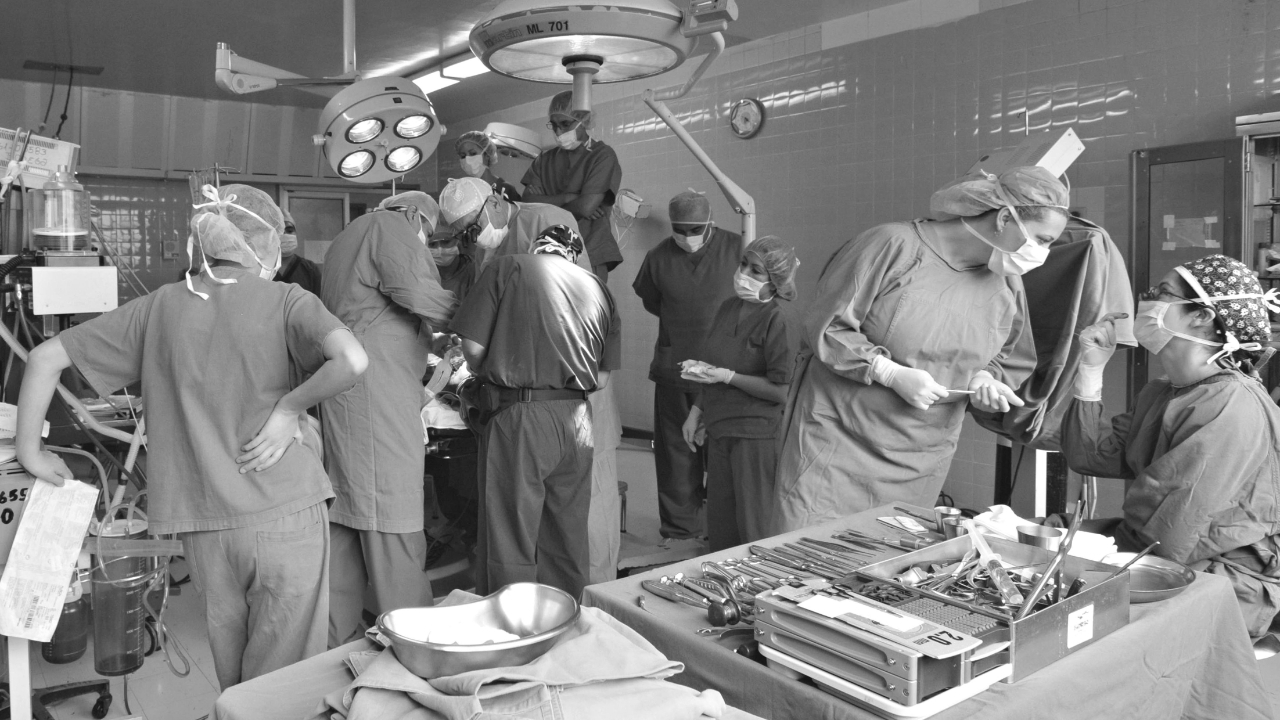Teamwork in the OR: Building Trust with Surgeons and Anesthesia

The operating room isn’t a solo act—it’s a team sport. The surgeon might be holding the scalpel, but every move depends on the nurses, techs, and anesthesia working together. Trust in the OR doesn’t just make the day smoother—it keeps patients safe. Here’s how to build that trust and keep it strong.
Why trust matters
- Quicker communication → people listen the first time you speak.
- Less stress → when folks know you’ve got their back, tension drops.
- Fewer mistakes → open communication helps catch problems before they reach the patient.
- Better outcomes → at the end of the day, that’s the goal for everyone.
How to build trust with the surgeon
- Be two steps ahead
Know the procedure, the instruments, and the surgeon’s quirks. Hand them what they need before they ask. Surgeons notice when you’re prepared. - Keep the preference card tight
Nothing kills trust faster than missing an implant or opening the wrong tray. Update cards right after cases. - Speak up—clearly and respectfully
If something looks wrong (counts, antibiotics, site, implant size), call it out with confidence. Surgeons respect nurses who protect the patient. - Stay calm under pressure
When a case goes sideways, your steady voice and clear actions are gold. Panic spreads, but so does calm. - Close the loop
Repeat critical info back: “You said 4-0 Vicryl for closure, correct?” That builds confidence that you’re listening and catching details.
How to build trust with anesthesia
- Share the plan early
“We’ll be positioning in prone with arms tucked. Do you need extra padding or lines first?” This shows you’re thinking about their role. - Respect their timing
Don’t rush induction or extubation. Let them call the green light before moving ahead. - Call out your steps
“We’re about to move the table.” “We’re tucking the arms now.” This keeps anesthesia in the loop so nothing surprises them. - Back them up
If you see a BP drop on the screen or an IV infiltration, speak up. Small catches mean big trust. - Protect their workspace
Keep cords, lines, and IV pumps organized. Nobody likes spaghetti tubing underfoot.
Team habits that build trust across the board
- Pre-op huddle: Two minutes to share the plan, top risks, antibiotics, and imaging.
- Closed-loop communication: Repeat back orders or requests.
- Mutual respect: No job is “less important.” Every role matters.
- Debrief: After tough cases, spend 2 minutes asking, “What worked? What should we tweak?”
Quick phrases that go a long way
- To the surgeon: “I’ve got what you need.”
- To anesthesia: “Before we move, do you need anything?” “On anesthesia’s count”
- To the team: “Let’s pause and confirm—patient first.”
Bottom line
Trust in the OR doesn’t happen overnight—it’s built case by case. Be prepared, speak clearly, and respect everyone’s role. When the surgeon knows you’re on top of the setup and anesthesia knows you’ve got their back, the whole room feels safer. And when the room feels safe, patients get the best care.







